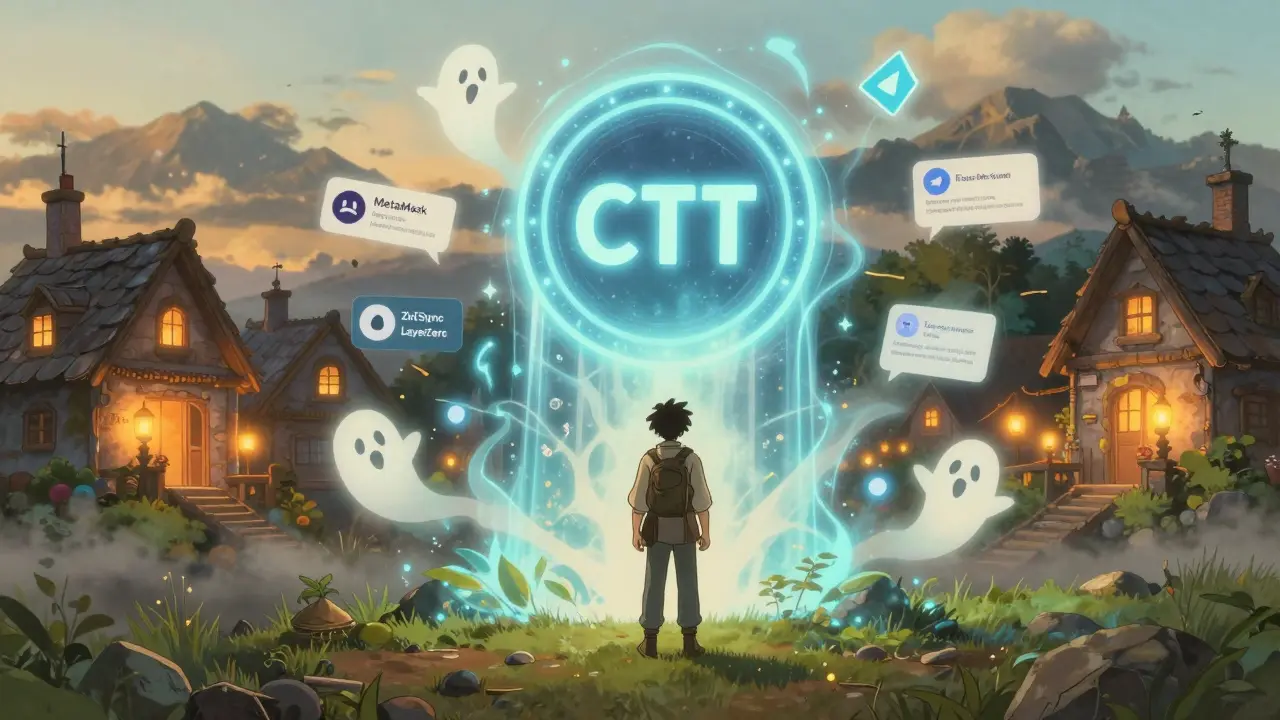Blockchain Development
When working with Blockchain Development, building decentralized apps, smart contracts, and blockchain infrastructure. Also known as DApp development, it powers the next generation of finance, gaming, and identity solutions. A core piece of this ecosystem is the Smart Contract, self‑executing code that runs automatically on a blockchain. Smart contracts are the building blocks that let you create trust‑less agreements without a middleman. Most developers write them for Ethereum, a public blockchain that enables programmable transactions, because it offers a mature toolset and a large user base. To write code that Ethereum understands, you reach for Solidity, a high‑level language designed for Ethereum smart contracts. Solidity lets you describe contract logic in a familiar syntax, then compile it into bytecode the EVM can execute. When you’re ready to test, debug, and launch, many turn to Remix IDE, a web‑based environment for compiling, debugging, and deploying Solidity contracts. Remix gives you instant feedback, a built‑in debugger, and a one‑click deploy button, making the whole process feel like coding a simple web app rather than something out of a sci‑fi novel.
Key Tools & Languages
Understanding how these pieces fit together clears a lot of confusion. Blockchain Development encompasses smart contract creation, network interaction, and front‑end integration, so you need a mix of skills. The first semantic link is simple: blockchain development includes smart contracts. The next step is that smart contract development requires Solidity, because Solidity translates human‑readable logic into something the Ethereum Virtual Machine can run. Finally, the Ethereum platform enables smart contracts, meaning without Ethereum (or a compatible chain) your Solidity code would have nowhere to live.
Beyond the core trio, the ecosystem offers testnets like Goerli and Sepolia, which mimic the main Ethereum network without real money at stake. Using these testnets with Remix or Hardhat lets you simulate real‑world conditions and catch bugs early. Security tools such as Slither or MythX scan your Solidity code for common vulnerabilities, saving you from costly exploits after deployment. For developers who prefer a local setup, frameworks like Truffle bundle a private blockchain, migration scripts, and testing libraries into one package. Each of these tools—Remix, Hardhat, Truffle, Slither—acts as a support pillar, making the development workflow smoother and more reliable.
Below you’ll find a hand‑picked collection of tutorials, deep‑dives, and practical guides that walk you through every stage of this process. Whether you’re a fresh starter who wants to write your first “Hello World” contract, or an experienced coder looking to harden a DeFi protocol, the posts ahead cover the full spectrum. Expect step‑by‑step walkthroughs, code snippets you can copy, and security tips you’ll want to bookmark. Dive in and start building the decentralized future today.








